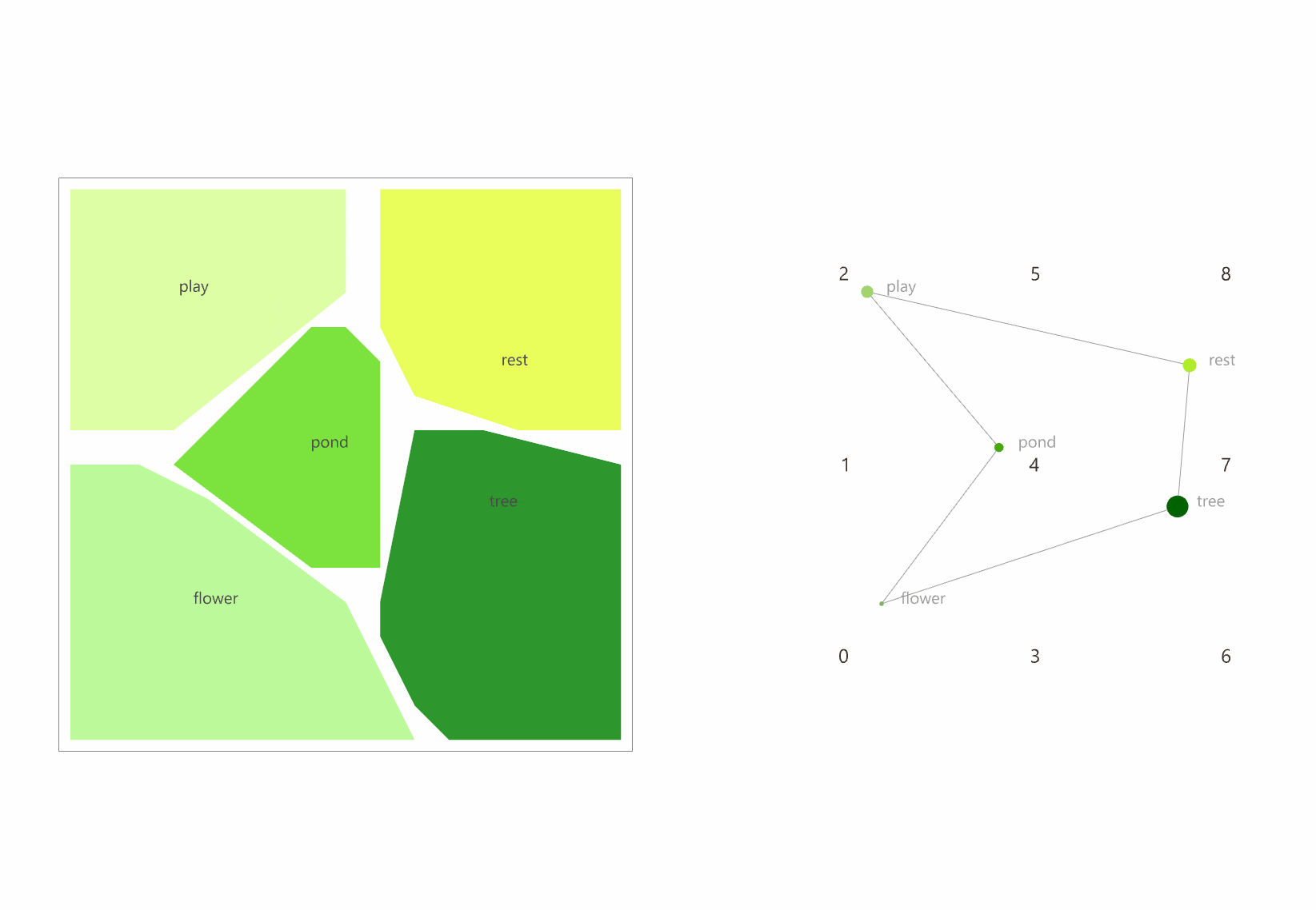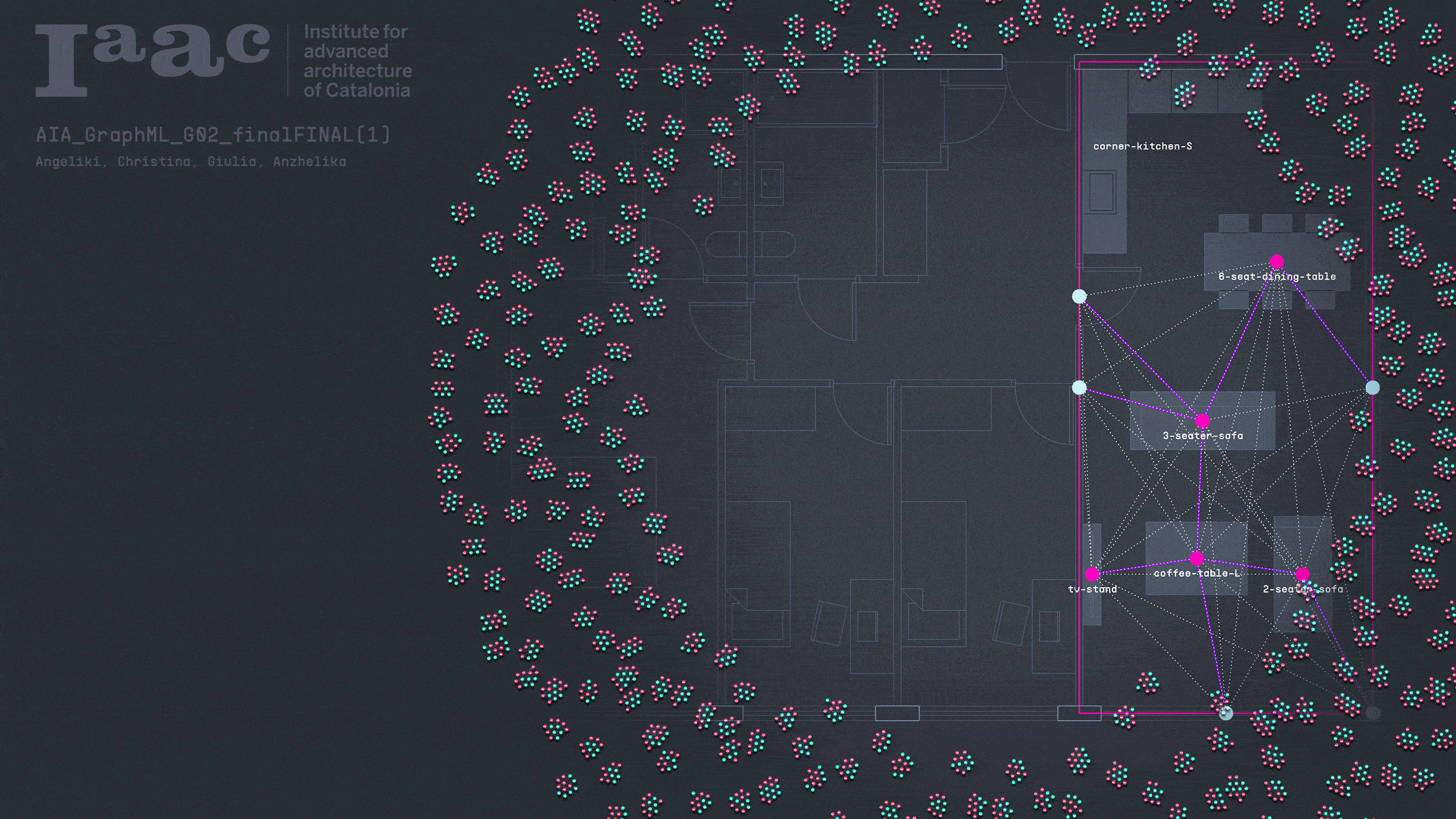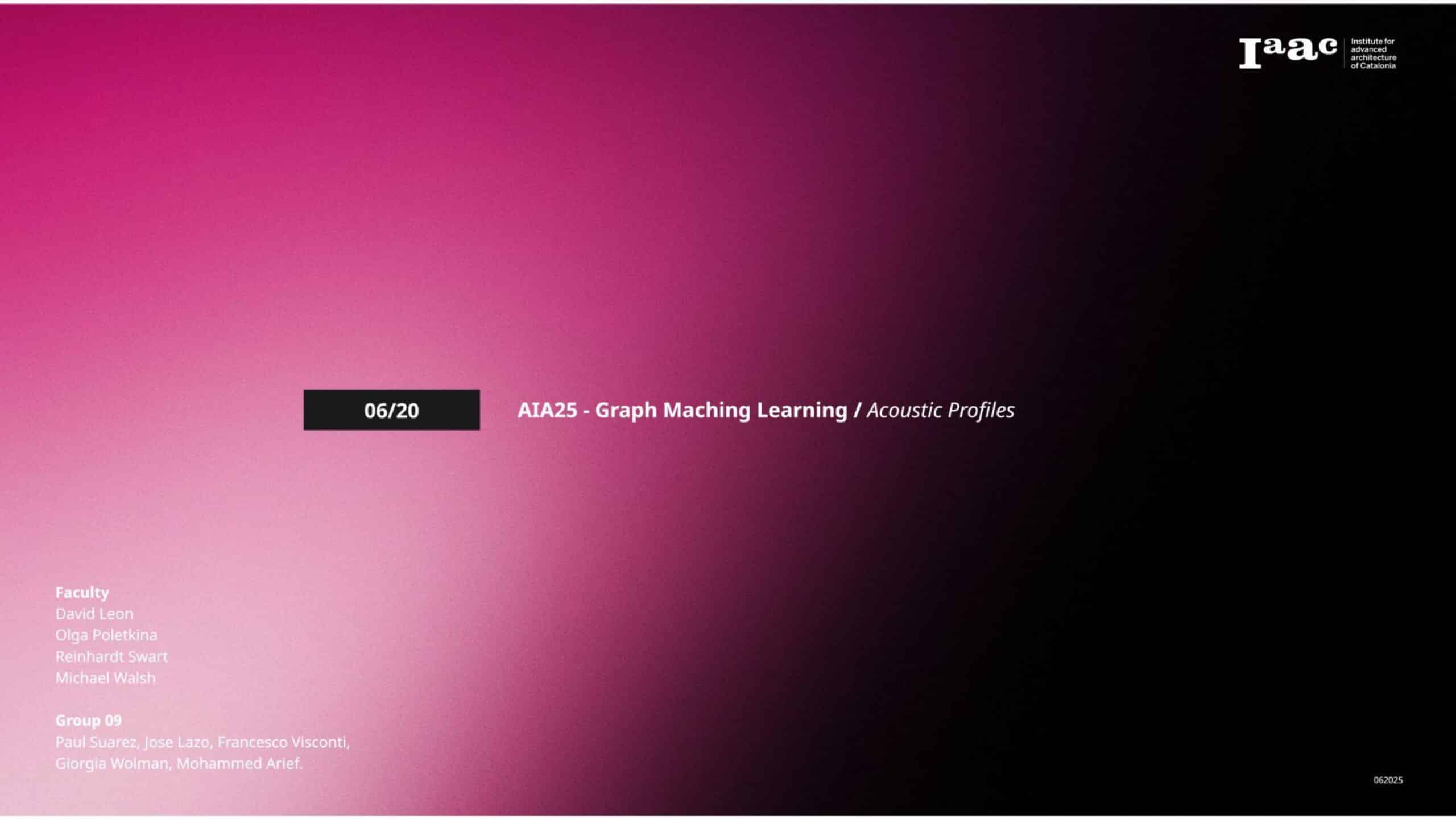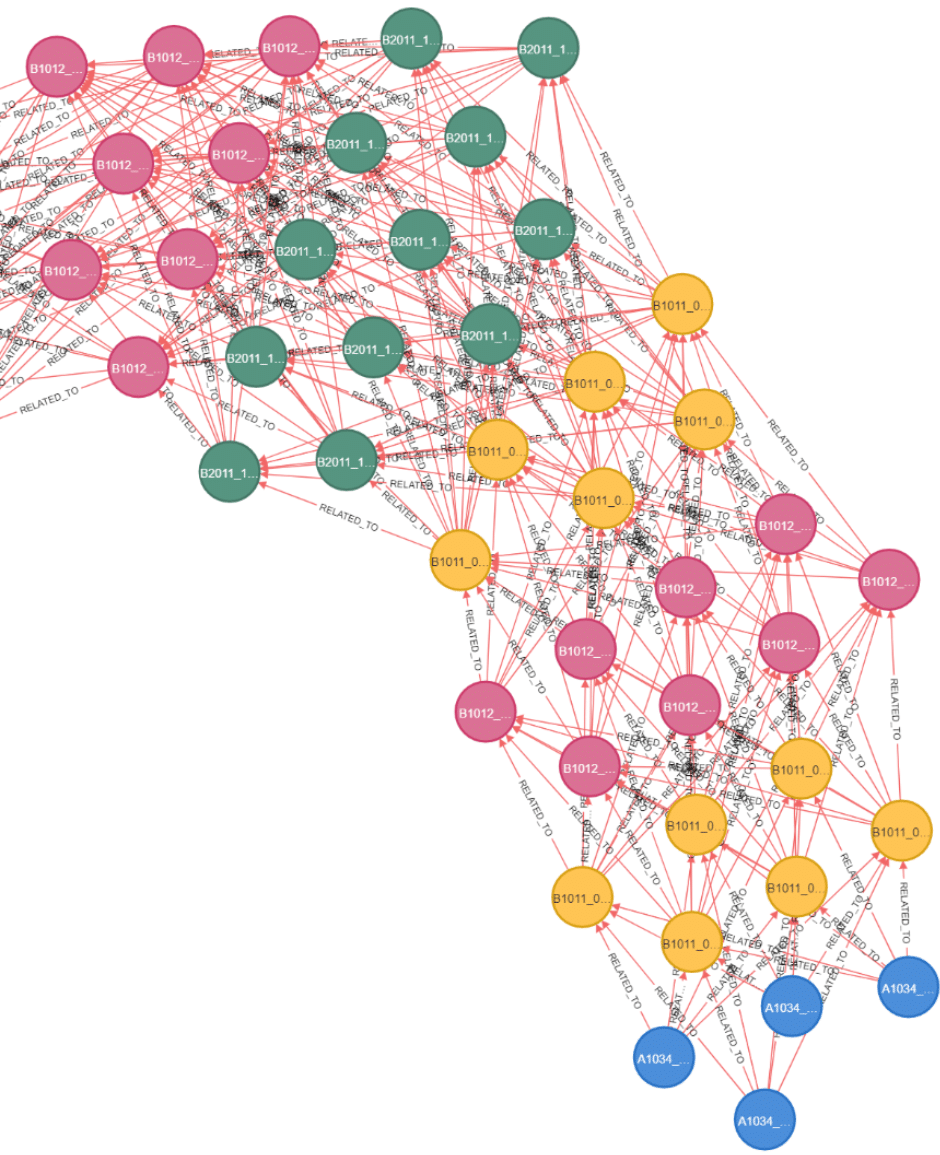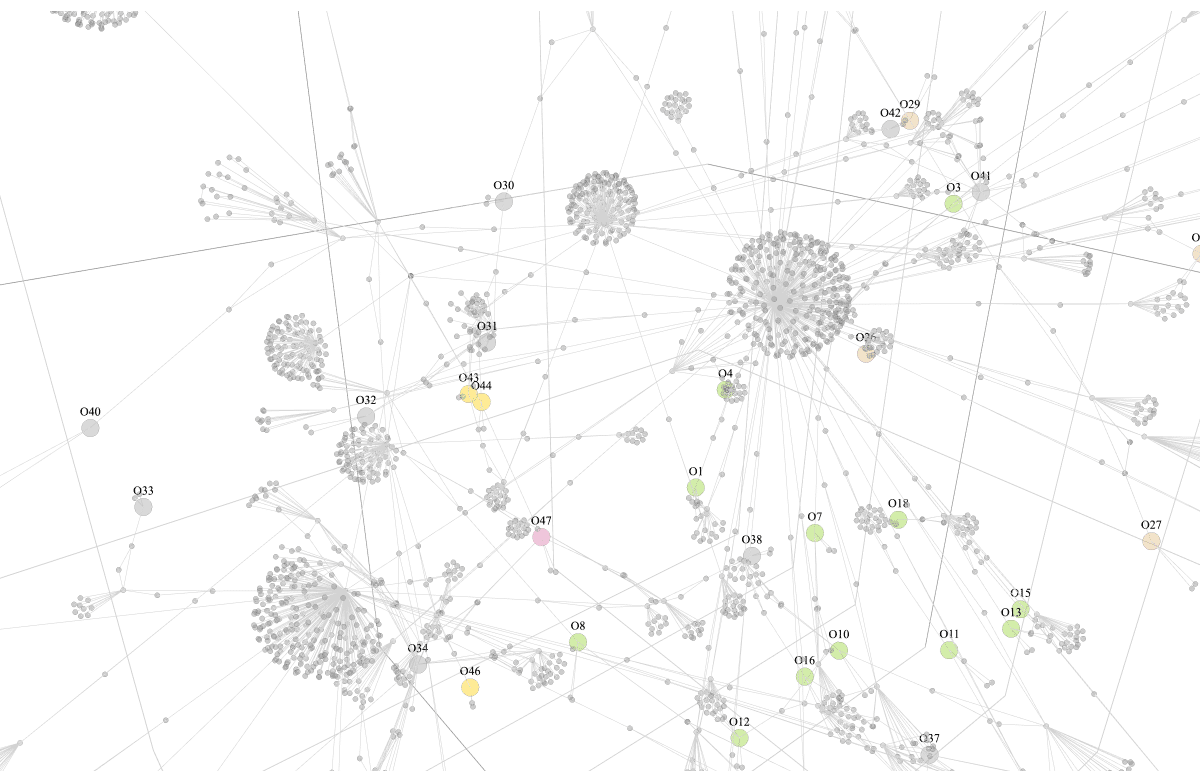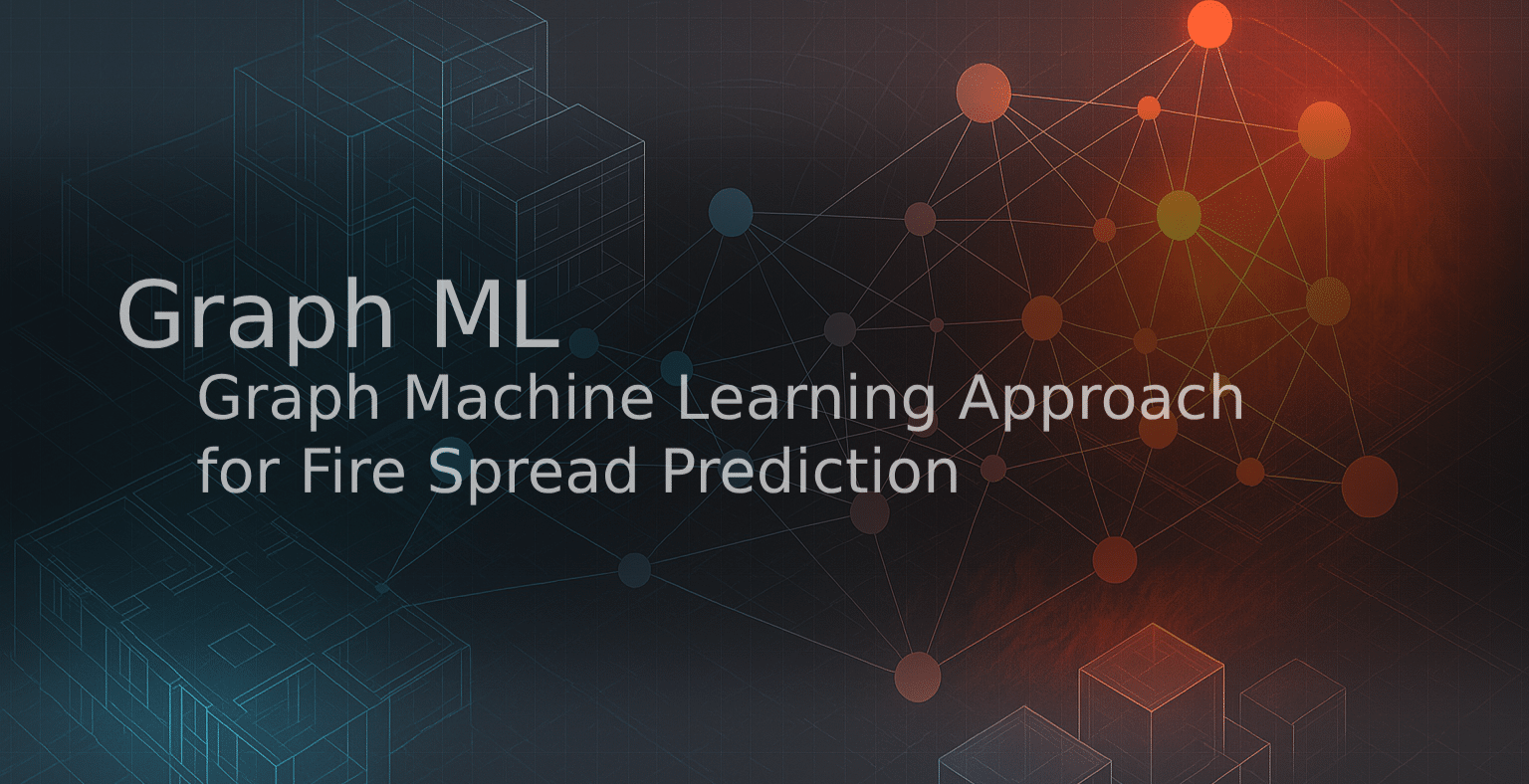Buildings as Graphs
MaCAD Digital Tools for GRAPH MACHINE LEARNING SEMINAR
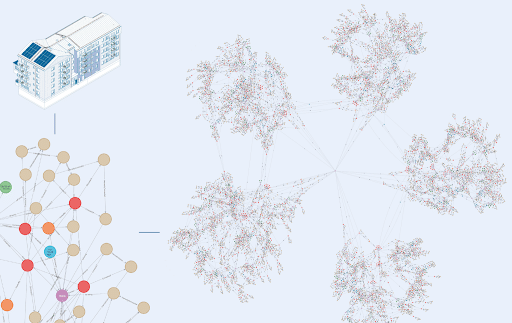
BIMCONVERSE – by MaCAD students Libny Pacheco and Christoph Berkmiller.
Graph Machine Learning is an in-depth course that explores the powerful potential of representing buildings and built environments as graph structures. As the complexity of architectural and construction data increases, traditional methods of storing and analyzing this information often fall short. Graphs offer a compelling alternative—providing a way to model not just the elements of a building, but the rich web of relationships between spaces, components, systems, and behaviors. This course is designed to empower participants with the skills to convert design data into structured graph representations and leverage state-of-the-art tools to extract insight, perform advanced analysis, and enable intelligent applications.
The course begins with a foundational introduction to graph theory, focusing on how nodes and edges can model spatial, functional, and semantic relationships within building data. Participants will then learn how to convert parametric models from Grasshopper into the Industry Foundation Classes (IFC) format—a widely adopted open standard for building information modeling. The next step involves transforming IFC data into graph structures that capture the hierarchical, relational, and geometric information inherent in a building model.
Once the data is structured as a graph, the course transitions to the practical use of Neo4j, a leading graph database platform. Participants will learn how to import and organize their data in Neo4j and use Cypher, its declarative query language, to explore, analyze, and visualize the building graph in GraphML I. In GraphML II, the course delves into advanced topics, including the use of the Neo4j Graph Data Science (GDS) library for machine learning tasks such as clustering, link prediction, and node classification. The course concludes with an introduction to GraphRAG (Graph Retrieval-Augmented Generation), where participants will see how graph databases can be integrated with large language models to create intelligent, context-aware systems for querying and reasoning over building data.
By the end of the course, participants will have a practical, end-to-end understanding of how to model, analyze, and enrich building information using graph-based techniques—unlocking new possibilities for design intelligence, digital twins, automation, and AI-enhanced workflows in the built environment.
Learning Objectives
- Learn the fundamentals of Graph Theory
- Learn the fundamentals of Graph Machine Learning
- Learn how to represent buildings as graphs
- Learn how to work with graph databases
- Explore different applications of GraphML







